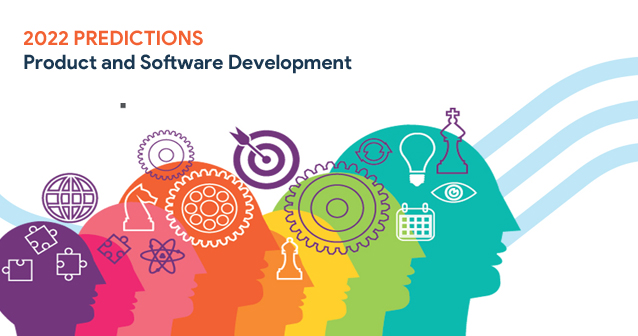The Loyalty marketing world has a very long history; and in the age of the customer, strategies and plans used to attract loyal clienteles can be difficult to sustain with. In this day and age, with predictive personalization expertise and artificial intelligence, consumers almost want the companies to read their minds, and it’s only going to get more advanced. Brands with loyal, habit-induced customers have created seamless customer experiences that assimilate with consumers’ daily lives & reward the brands with impactful customer retention benefits.
Common challenges to loyalty programs comprise non-competitive relationship tactics and out-of-date loyalty platforms with a traditional emphasis. Taking these challenges and altering them into a real two-way customer-brand loyalty association starts with focusing on your clients’ experiences most importantly. By concentrating on building a competitive relationship plan that is based on distinctive customer experiences, a company can better understand the customers’ behaviors that lead to the enduring faithful engagement and loyalty.
Basically, loyalty, i.e. building an established consumer-brand relationship, is on the rise as well as traditional loyalty programs are decreasing. Instead, reframing your loyalty program as a service model can aid your company move beyond feeling stuck in a loyalty program that is not appealing. Moreover, your company will want to double-down on your product’s competitive advantages to create benefits that are hard to replicate and our customer loyalty program software will hep you in this.
By focusing on creating exclusive, significant customer experiences, the company can demonstrate loyalty to the customers; rather than expecting customers to verify their brand loyalty.
Reframe the Loyalty Program as a Service Model
If your corporate wants to revamp your loyalty program to emphasis on representing what you can do for your clients, reflecton offering a service that puts your clients’requirements at the forefront.
Its clear that consumers are concerned about the safety of their identity and data and our QR code loyalty program is best solution of this. Customers are looking to the organizations they trust to offer them the full-service security they need. Competitive industries should use this as a break to prove their loyalty to their clients by providing them an identity protection service which is a positive addition of their brand.





